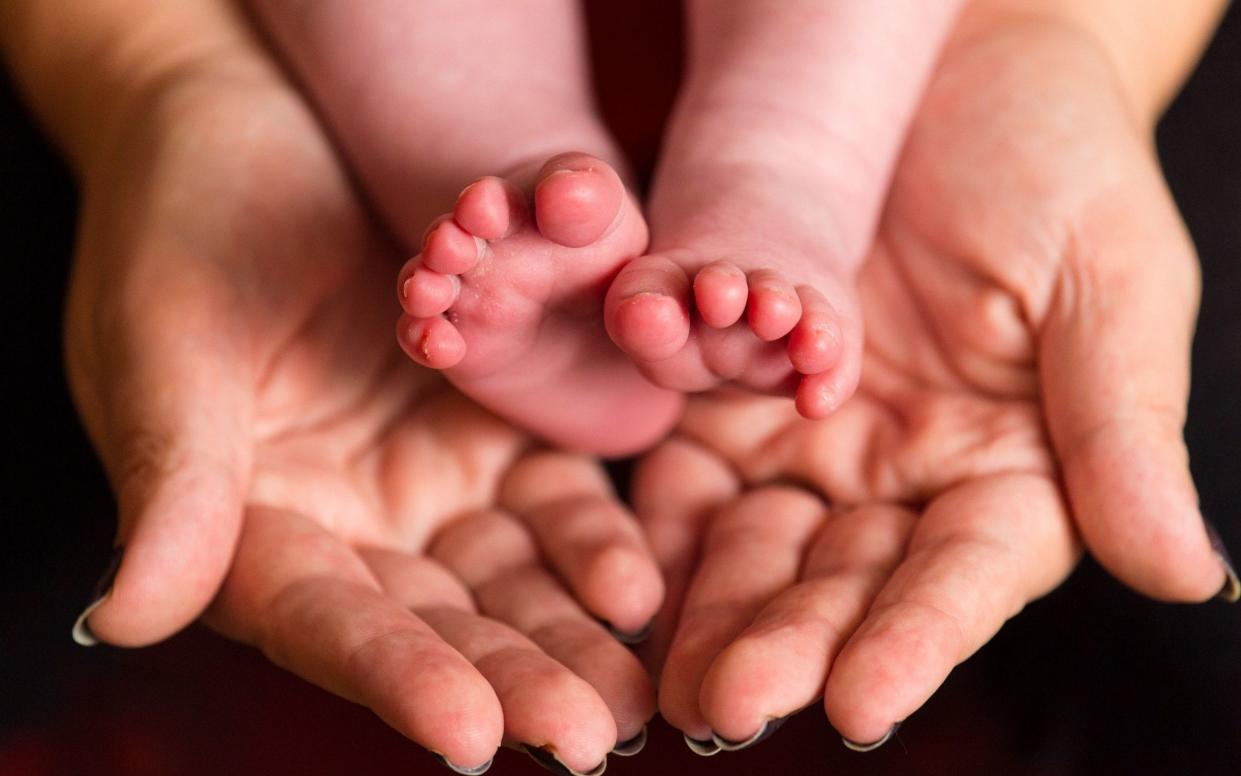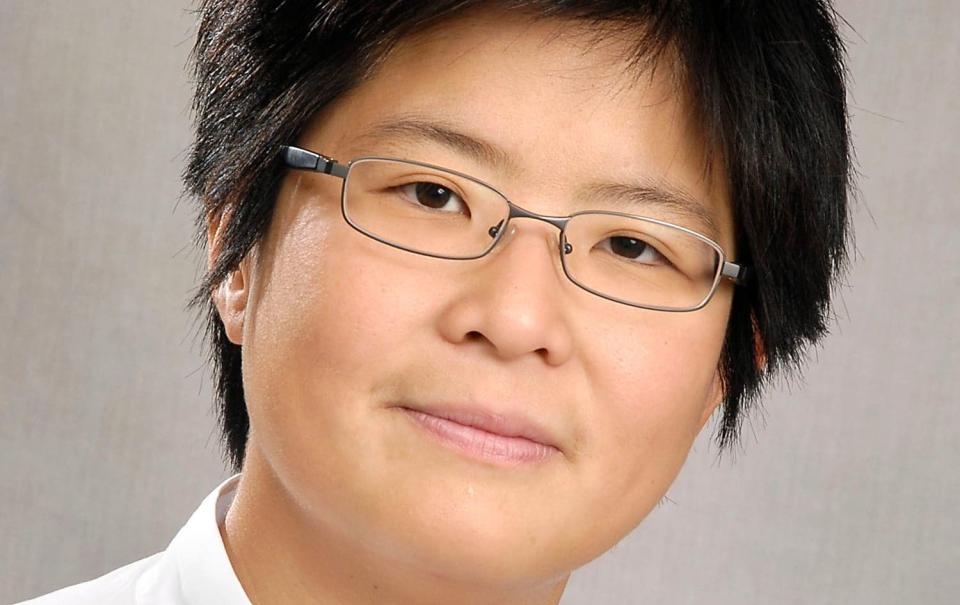Tiny device the size of a 5p coin could unlock the answer to fertility problems

Unexplained fertility problems could be solved by tiny wireless devices which have been implanted in two women in a world first.
The 5p-sized device, developed by fertility experts and engineers at the University of Southampton, monitors oxygen, pH and temperature levels inside the womb - something not previously possible.
Infertility can be caused by many factors and can affect both men and women, with as many as one in seven UK couples experiencing problems when trying to conceive.
But in around a quarter of cases doctors are unable to identify a specific cause, leaving thousands of couples turning to in vitro fertilisation (IVF).
However, that comes at a cost of around at least £5,000 for a single treatment privately, with two or three cycles likely to be required.
Using the new device, clinicians could diagnose the cause of unexplained infertility before any treatment begins - and even find simple solutions to change the condition of the womb, such as probiotics or aspirin.
How does it work?
The sensor is inserted into the womb by a doctor or nurse in minutes - in the same way a contraceptive coil is implanted - and remains in place for seven days.
During this time, it sends data wirelessly to a microchip in a special set of underwear every 30 minutes.
Clinicians are then able to assess the findings and determine if there are any issues which require intervention.
The experts behind it have said it has been “well received” by two patients and that data has been recorded successfully with little discomfort.
It is believed the breakthrough could lead to clinicians being able to assess the health of the womb in a similar way to taking a patient’s blood pressure, enabling quicker and more tailored care.
New devices could ‘drastically change the fertility outlook’
The technology was invented by Professor Ying Cheong, a reproductive medicine specialist, and bioelectronics engineer Professor Hywel Morgan, both of the University of Southampton. It is now being developed by Verso Biosense, an Oxford-based women’s health company.
“Currently fertility tests take time, some couples may not receive a diagnosis for their issues straight away or at all and there has been, to date, no reliable way to understand how the womb environment affects fertility,” said Prof Cheong.
“With this device we have, for the first time, the ability to understand precisely what is happening in the womb with the possibility of taking swift and simple interventions as a result that could drastically change the fertility outlook.
“Our aim - and our belief - is that we can get to a point with the technology that it can be seen as no different to taking a patient’s blood pressure, giving us a great insight into potential problems earlier and in a less invasive way.
“The result could be huge in that if we know, for example, a drop in pH levels could be related to bacteria in the gut then a person may benefit from probiotics, while poor oxygen levels could be altered by aspirin to increase blood flow.”

The device is currently being studied as part of an £850,000 NHS trial funded by the National Institute for Health Research, with 18 more participants needed to complete this stage.
Prof Cheong added: “If we can prove this device works successfully and is comfortable and safe, then we have the chance to make big changes to fertility care across the NHS and internationally and help to give many more women the best chance of conceiving.
“So far the device has been well received by patients, data has recorded successfully and there was low discomfort, so overall very encouraging and we are moving closer towards being able to improve fertility care quite considerably.”
Commenting on the development, Professor Roger Sturmey, professor of reproductive medicine at the Hull York Medical School and University of Manchester, said: “Knowledge of the detail of the female reproductive tract remains a great mystery in our understanding of physiology and new technologies such as this have enormous potential to teach us about the environment in which early development occurs.
“Being able to understand the environment in the womb with such accuracy will hopefully enable quicker and more accurate diagnosis of sub fertility and so might allow tailored interventions which could reduce the need for multiple rounds of IVF.
“Of course, with any new biomedical technology, extensive further research is needed but this is a critical and exciting first step.”
Anyone interested in participating in the project should call 02381 206 856 or email yc4w07@soton.ac.uk.


